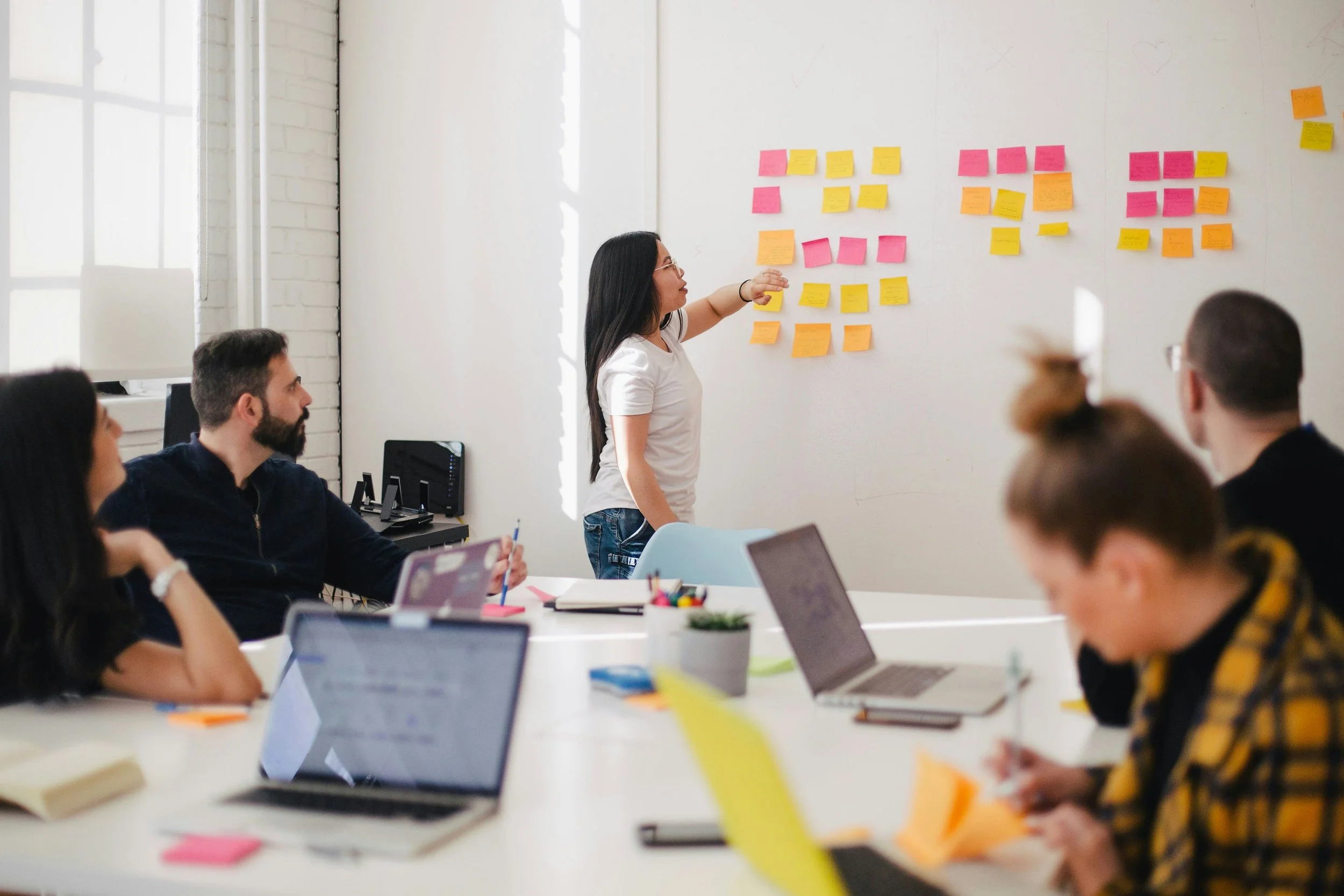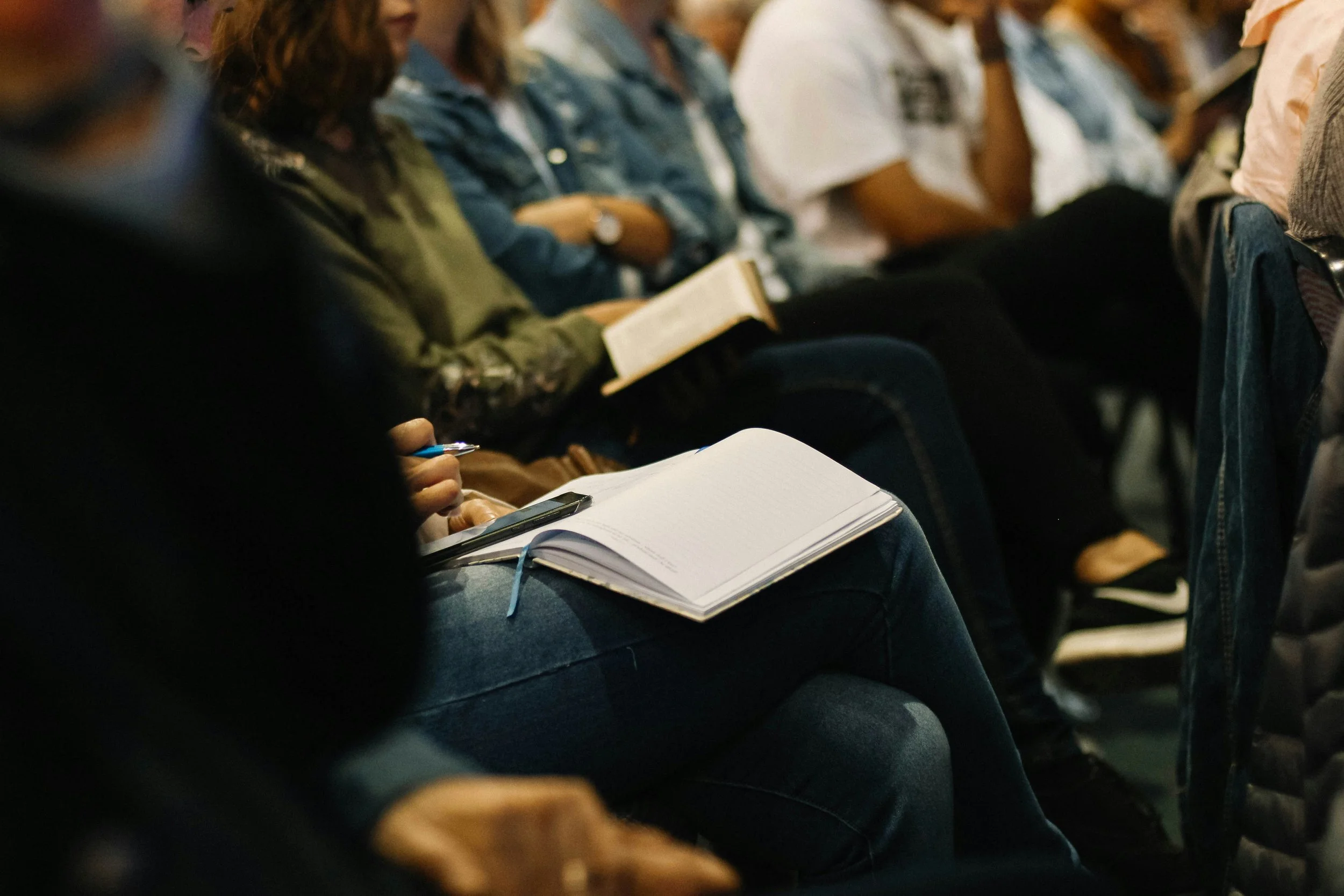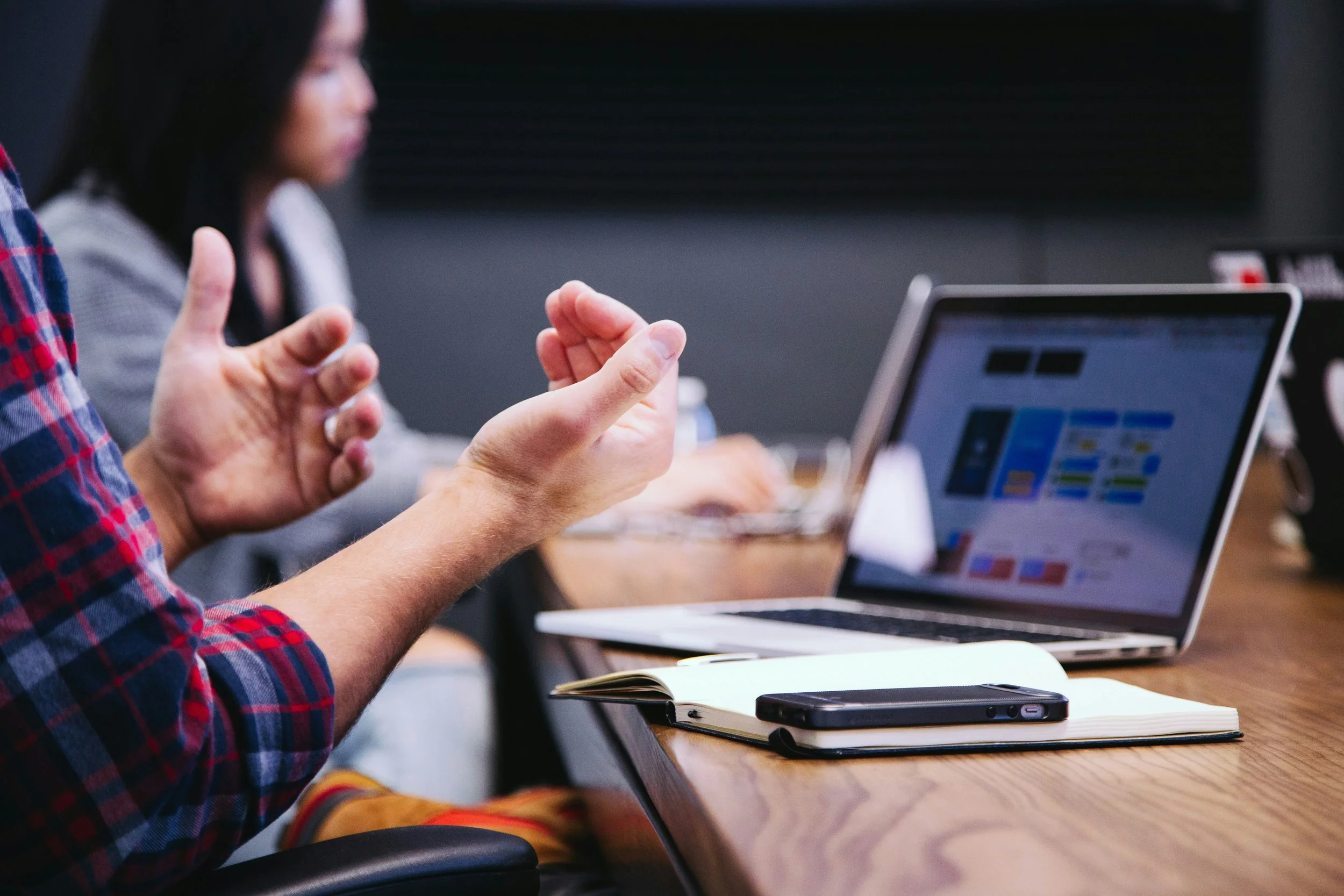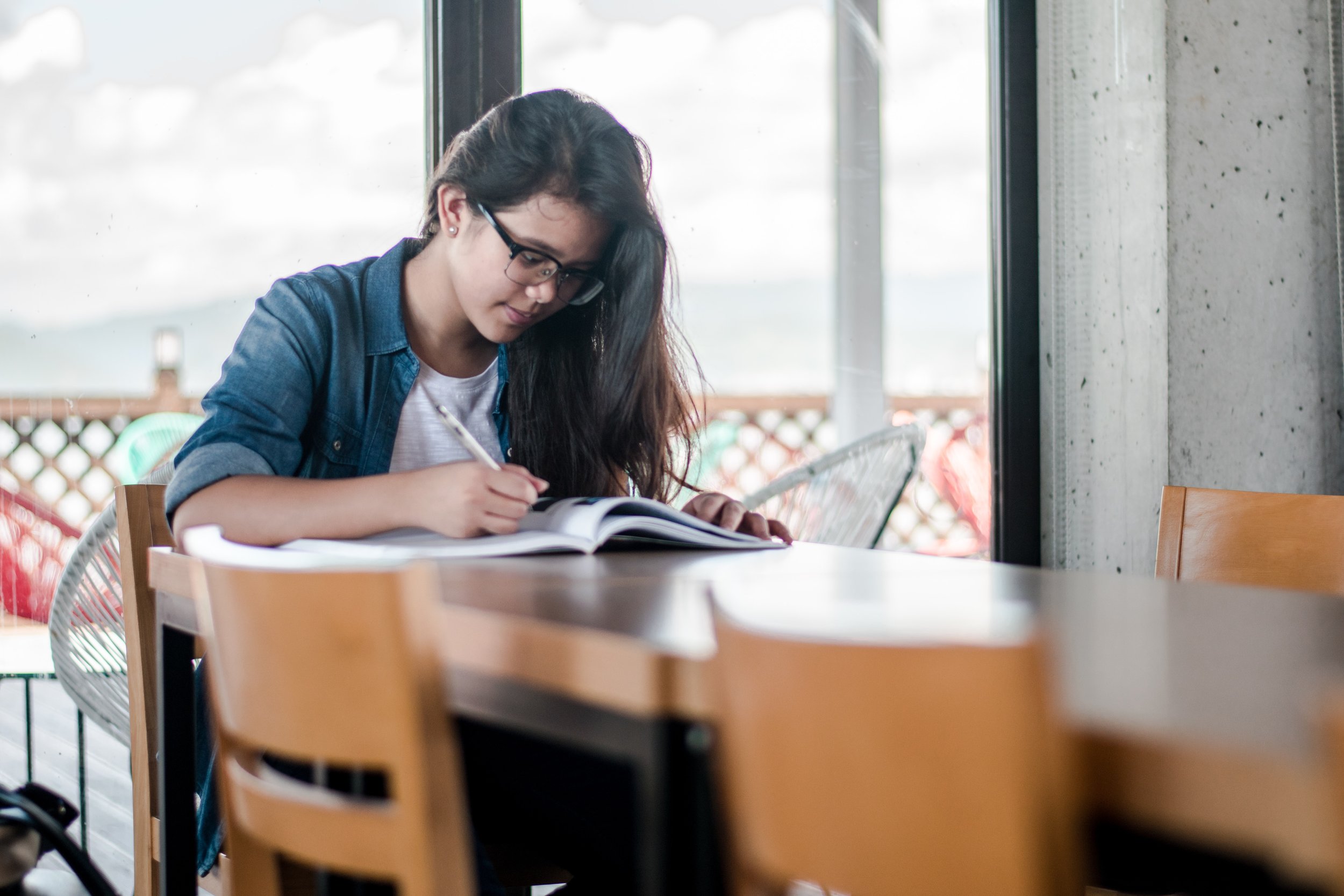This post is part of my Research Methods series, which explores essential approaches for historical inquiry and archival work. The series encompasses a broad range of topics, including library research practices, citations, and research strategies, as well as archives, primary sources, visual resources, oral history, and digital humanities. Together, these posts provide a foundation for navigating sources, interpreting evidence, and engaging critically with the past.
When we think of history, we often imagine books, letters, and official records. However, much of the past is captured not in words but in images. Photographs, paintings, drawings, films, and even today’s social media posts all serve as windows into moments that written records cannot fully convey. For researchers, these visual resources are both powerful and problematic; they reveal details that are otherwise invisible, but they also require careful interpretation.
Understanding how to “read” images is essential for anyone using them as historical evidence. Visual resources tell stories, reflect perspectives, and evoke emotions. Like all sources, they come with strengths, weaknesses, and limitations that demand critical evaluation.
Types of Visual Resources
The range of visual materials available to researchers is vast:
Photographs range from family albums to documentary projects.
Film and video capture events in motion.
Paintings, drawings, and cartoons blend artistry with commentary.
Prints, designs, and maps provide technical, aesthetic, or geographical insight.
Some visual resources are unique objects, such as original negatives or hand-drawn maps. Others exist in multiple copies, such as prints or widely circulated photographs. Some were created as fine art, while others were intended as documentary evidence. The category is broad because human creativity has consistently found ways to record and reflect the world visually.
Strengths of Visual Sources
Images carry unique strengths as historical evidence:
Capturing a moment in time: A photograph can freeze an instant in a way no written account can.
Quick communication: Visuals often convey people, places, and events more rapidly than text.
Details beyond words: Fashion, décor, architecture, and artistic style often emerge more vividly in images.
Everyday life: Some visual resources reveal ordinary details of existence not preserved in official documents.
Emotional power: Images can evoke strong responses in viewers, linking past memories to present feelings.
These qualities make visual resources indispensable. They enrich narratives, provide context, and sometimes serve as the only surviving traces of a moment.
Weaknesses and Limitations
Visuals can mislead as easily as they inform. Their weaknesses include:
Lack of information: Key details such as photographer, date, or location may be missing.
Bias and perspective: Images reflect the choices of their creators. Photographers decide what to include in the frame, when to press the shutter, and how to pose subjects.
Need for context: Without supporting evidence, a photo may be intriguing but uninformative.
Manipulation: From staged portraits to digital editing, images are often shaped to influence perception.
For example, a posed wartime photograph may project unity and bravery while omitting signs of dissent or suffering. Recognizing the constructed nature of images is critical.
How to “Read” Images
Approaching images as texts to be read helps researchers extract meaning from them. This process involves several steps:
Start with what you know
Ask the basics: Who took the image? Where and when? Is there a caption? What context is available?
Look at the whole
Consider the subject matter. Is it a portrait, a building, an event? What is happening in the scene?
Analyze the parts
Study the foreground and background, including people and objects, signage, and settings. Where is your eye drawn? What small details might otherwise go unnoticed?
Consider emotion
What feelings are expressed by subjects in the image? What emotions are evoked in you as the viewer?
Ask about purpose
Why was the image produced? Who was the intended audience? Whose point of view does it reflect? What values does it reinforce or undermine?
Reflect on limits
What questions does the image leave unanswered? What can it not tell us?
By combining observation with interpretation, researchers move beyond simply seeing an image to understanding its historical context.
Context Is Everything
A photograph of a protest, for example, may show people holding signs but omit the broader political moment. Without additional evidence, such as newspaper reports or oral histories, the image may misrepresent scale, intent, or reaction.
This is why images should be used in conjunction with other sources. They work best when integrated into a mosaic of evidence, confirming, complicating, or contradicting other accounts.
Visual Resources in Today’s World
The digital age has transformed the production and use of visual materials. Cameras are everywhere: on phones, in public spaces, even embedded in uniforms as body cameras. Social media platforms distribute images instantly to global audiences. Surveillance technologies, such as facial recognition and drones, raise new questions about privacy, power, and recordkeeping.
At the same time, new challenges emerge:
Deepfakes and image manipulation threaten the trustworthiness of images as evidence.
Propaganda uses visuals to shape narratives in powerful ways.
Overabundance means historians must sift through massive amounts of material, discerning what is significant and what is noise.
Today’s visual landscape is both richer and more precarious than ever. The historian’s task is to approach it with the same critical lens applied to older sources, recognizing continuity and change in how images function as evidence.
Best Practices for Using Visual Sources
For researchers, a few best practices can help maximize the value of visual resources:
Document metadata. Always note photographer, date, repository, and accession information if available.
Cross-check with other sources. Pair images with textual or oral accounts to gain a fuller understanding.
Recognize subjectivity. Treat images as perspectives, not transparent windows to the past.
Respect rights. Understand copyright, fair use, and ethical considerations when reproducing images.
Reflect critically. Ask why an image exists, what choices shaped it, and what silences it contains.
By applying these practices, researchers can harness the richness of visual sources while avoiding their pitfalls.
Why Visual Resources Matter
In a world saturated with images, it is tempting to assume we already understand their power. Historical research reminds us that visuals are not neutral. They are created with purpose, shaped by technology, and interpreted by audiences. They carry beauty, bias, and meaning simultaneously.
For historians, visual resources provide a means to access the textures of the past: its colors, its faces, and its everyday realities. They supplement and challenge written sources, reminding us that history is not only recorded in words but also seen in images.
Visual resources offer researchers the opportunity to see the past in ways that words cannot capture. From the earliest photographs to today’s digital media, they freeze moments, convey emotions, and reveal details of daily life. They also require careful interpretation, context, and critique.
To use images effectively is to strike a balance between appreciation and skepticism: to see both what they reveal and what they conceal. Whether studying a 19th-century photograph, a propaganda poster, or a viral social media image, the challenge remains the same: read it critically, place it in context, and recognize its role in shaping our understanding of the past.









